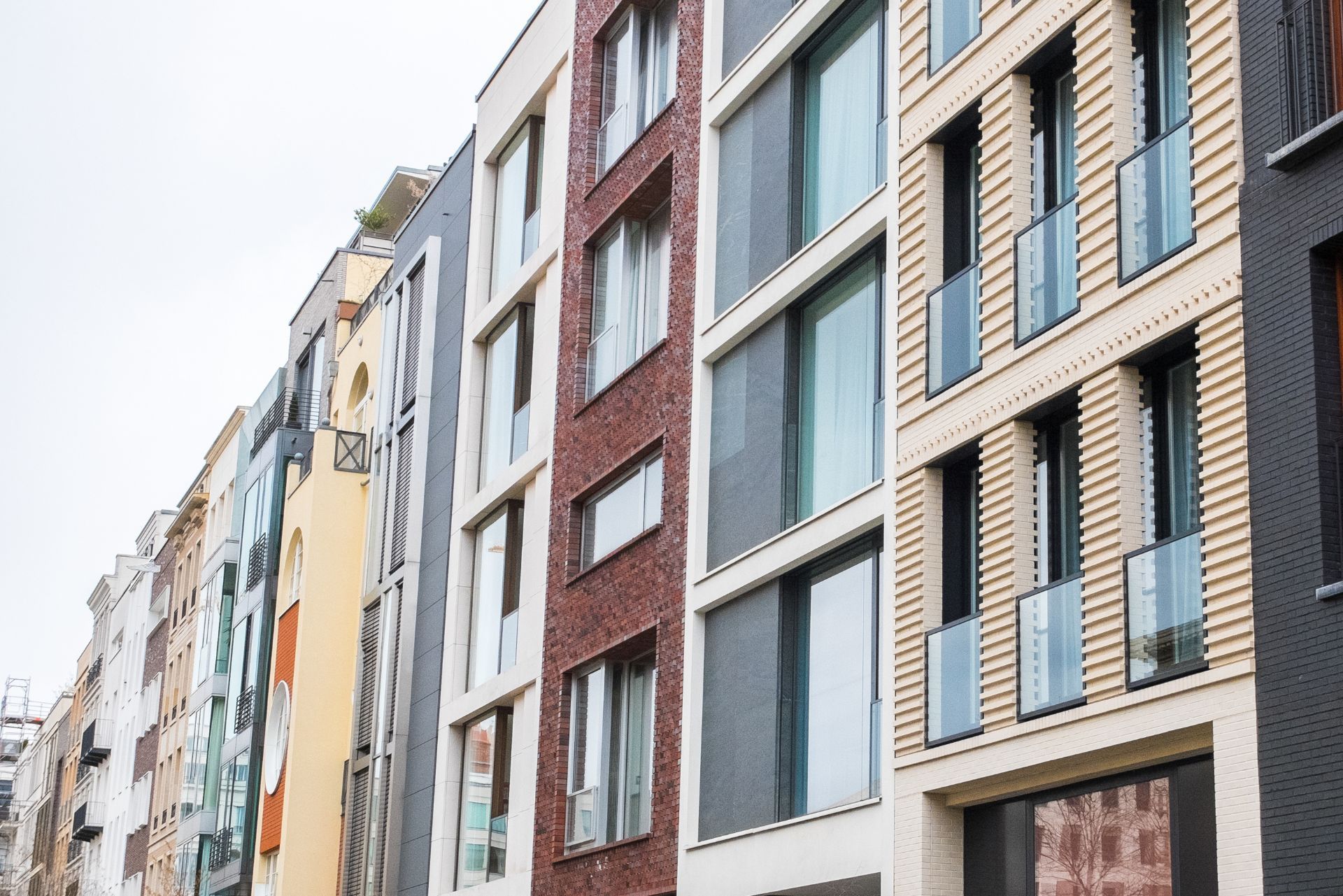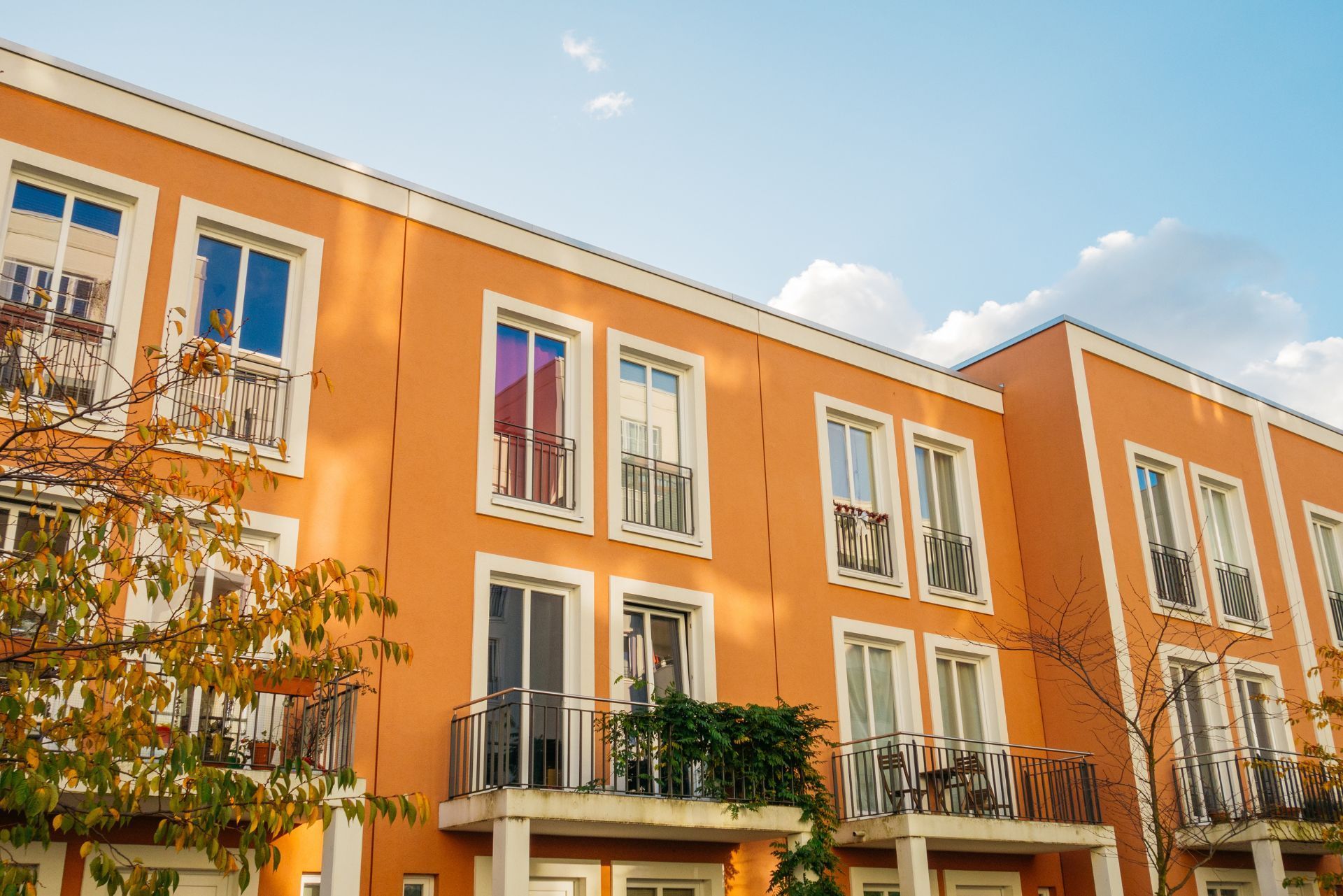Top 3 Recommended Policies

Florida’s multifamily housing market, particularly Class B apartments, is facing unprecedented challenges in the insurance landscape. Over the past few years, insurance costs have surged dramatically, driven by a combination of natural disasters, market dynamics, and underwriting constraints. Understanding these shifts is essential for property owners, investors, and managers navigating the complexities of insurance in this region.
In this article, we will explore the key factors influencing insurance costs for Class B multifamily apartments in Florida, the impact of recent hurricanes, market trends affecting property values and rents, and expert insights on the evolving risk environment. For a detailed overview of operational costs in Florida’s multifamily sector, Matthews Real Estate Investment Services provides valuable data here.
The Rising Cost of Multifamily Insurance in Florida
Insurance premiums for multifamily properties in Florida have skyrocketed, with costs increasing by approximately 150% over the past two years. To put this into perspective, the average insurance cost per unit has grown from around $800 to $2,000. This steep rise is not isolated to a single factor but is the result of multiple converging pressures.
One significant driver is the heightened risk of hurricanes and severe weather events. Florida’s vulnerability to storms has led insurers to reassess their exposure, often resulting in higher premiums or more restrictive underwriting terms. The recent impact of Hurricane Ian in 2023, for example, caused commercial property insurance rates in Florida to jump from 68 cents to 93 cents per $100 of coverage according to Reuters.
Moreover, the insurance market for multifamily properties is notably tighter than for other commercial real estate asset classes. Ryan Barber, Managing Director at Marsh, highlights that multifamily assets have “half, if not a third the amount of insurers willing to underwrite the risk” compared to other sectors. This scarcity of insurers willing to take on multifamily risk further inflates premiums and reduces options for property owners.
In addition to natural disasters, regulatory changes and litigation trends in Florida have also contributed to the rising costs. The state has seen an uptick in lawsuits related to property claims, which has prompted insurers to adopt a more conservative approach to underwriting. These legal challenges often stem from ambiguous policy language and disputes over coverage, leading to increased operational costs for insurers. Consequently, these costs are frequently passed on to property owners in the form of higher premiums, further straining their budgets.
Another factor influencing the multifamily insurance landscape is the increasing demand for rental properties in Florida. As more individuals and families flock to the Sunshine State, the competition for housing has intensified, driving up property values and, subsequently, insurance costs. This demand surge is coupled with a limited supply of available multifamily units, which not only exacerbates the affordability crisis but also places additional pressure on insurance providers to balance risk and profitability in an ever-evolving market.

Why Class B Properties Are Particularly Affected
Class B multifamily apartments, often characterized by older construction and moderate amenities, face unique challenges in this insurance environment. Many of these buildings feature wood frame construction, which is more vulnerable to storm damage than concrete or steel structures. Martha Bane, Managing Director at Gallagher, notes that “wood frame multifamily assets in Florida will be skewed in the impact from a financial standpoint,” underscoring the heightened risk profile of these properties.
As insurers tighten underwriting standards, properties with higher perceived vulnerability may face even steeper premium increases or difficulties securing coverage. This trend is especially concerning given the age and construction types common in Class B apartments, which may not meet the latest hurricane-resistant building codes.
Additionally, the increasing frequency and severity of storms like Hurricane Idalia, a Category 3 hurricane, are expected to push insurance costs even higher in the near future. The storm’s anticipated impact on Florida’s commercial real estate market, particularly multifamily properties, has already prompted insurers to adjust their risk models and pricing strategies as reported by Reuters.
Moreover, the challenges faced by Class B properties extend beyond just insurance costs. Many of these buildings are situated in neighborhoods that may not have seen significant investment or upgrades in recent years, which can further exacerbate their vulnerability during severe weather events. As a result, property owners may find themselves not only grappling with higher premiums but also facing the daunting task of funding necessary renovations to improve resilience against storms. This financial strain can lead to a cycle of disinvestment, where owners are unable to afford upgrades, leading to further declines in property value and appeal.
Furthermore, the demographic shifts in rental markets add another layer of complexity. As younger renters increasingly seek modern amenities and energy-efficient features, Class B properties may struggle to attract tenants unless they invest in upgrades. This shift in tenant preferences could lead to higher vacancy rates, which in turn impacts the overall financial stability of these properties. In a competitive rental market, the ability to adapt and meet evolving tenant expectations becomes crucial, particularly as the insurance landscape continues to tighten around these older, more vulnerable buildings.
Market Trends: Rent Growth and Property Values
Despite the rising insurance costs, Florida’s multifamily rental market has experienced significant growth. Between 2019 and 2023, rents for multifamily units increased by 39%, a surge driven in part by a population increase of approximately 1 million households during the same period. This demographic expansion has fueled demand for rental housing, particularly in urban and suburban areas. The influx of new residents is not just a result of people relocating for jobs; many are drawn to Florida's favorable climate, lifestyle, and economic opportunities, making it a prime destination for families and young professionals alike.
The University of Florida Shimberg Center for Housing Studies provides an in-depth look at this trend, highlighting how population growth and rent increases are reshaping the multifamily landscape in their recent study. The study emphasizes that the demand for housing is not uniform across the state; certain areas, particularly those near major employment centers and coastal regions, are experiencing even sharper increases in rental prices. This has led to a competitive market where prospective tenants often face bidding wars, further driving up rental costs and making affordable housing a pressing issue for many residents.
However, rising insurance costs and increased operational expenses are putting pressure on property owners’ margins. At the same time, multifamily property values have declined nationwide since 2019, with Florida experiencing a 6.8% decrease. The South-Central region saw even larger value drops, around 7.8%, reflecting the combined effects of insurance cost inflation, economic uncertainty, and changing investor sentiment. According to CBRE, these declines are most pronounced in markets where insurance costs have surged the most as detailed in their industry report. Investors are increasingly cautious, weighing the potential for future rent increases against the backdrop of rising costs and fluctuating property values, which has led to a more selective approach in property acquisitions and developments.
Additionally, the interplay between supply and demand is becoming more complex. New construction projects are being delayed or scaled back due to the high costs of materials and labor, further constraining the supply of available rental units. As a result, many developers are exploring innovative financing options and partnerships to mitigate risks while still meeting the growing demand for housing. This dynamic is not only reshaping the rental market but also influencing the types of amenities and services that new multifamily developments are incorporating, as property owners strive to attract tenants in a competitive landscape.
Insurance Claims and Denials: A Growing Concern
Another critical factor impacting Florida’s multifamily insurance market is the increasing rate of claims denials. In 2024, insurers operating in Florida denied 46.7% of closed homeowners’ claims, up from 40% in 2022. While this statistic specifically refers to homeowners’ claims, it signals a broader trend of insurers becoming more selective and stringent in claims processing, which also affects commercial and multifamily property insurance.
This rise in denials can create uncertainty and financial strain for property owners who may face delays or disputes in receiving payouts after storm damage or other insured events. The heightened scrutiny on claims is part of insurers’ efforts to manage risk and control losses in a challenging market environment. As natural disasters become more frequent and severe due to climate change, insurers are increasingly wary of the potential for large-scale claims, leading them to implement stricter criteria for approval. This shift not only affects the immediate financial stability of property owners but also raises concerns about the long-term viability of insurance coverage in high-risk areas.
Property owners should be proactive in understanding their policies, documenting conditions thoroughly, and working closely with insurance professionals to navigate claims effectively. This includes keeping detailed records of property conditions, maintenance activities, and any communications with insurance agents. Additionally, engaging with local community resources and advocacy groups can provide valuable insights and support when dealing with claims denials. By fostering a better understanding of the claims process and staying informed about industry trends, property owners can better position themselves to advocate for their rights and ensure they receive the coverage they are entitled to, even in a tightening insurance landscape.
Strategies for Managing Insurance Costs and Risks
Given the complex and evolving insurance landscape, owners and managers of Class B multifamily apartments in Florida must adopt strategic approaches to manage costs and mitigate risks.
One effective strategy is investing in property improvements that enhance resilience to storms, such as upgrading roofing materials, reinforcing windows, and ensuring compliance with current building codes. These measures can reduce risk profiles and potentially lower insurance premiums over time. Furthermore, incorporating advanced technologies like smart home systems can not only improve tenant satisfaction but also provide real-time data that can help in risk assessment and management. For instance, smart sensors can detect leaks or unusual temperature changes, allowing for prompt action that can prevent extensive damage and subsequent claims.
Additionally, working with experienced insurance brokers who understand the nuances of the Florida market can help identify the best coverage options and negotiate terms. Given the limited pool of insurers willing to underwrite multifamily risks, as noted by Ryan Barber, leveraging expert guidance is crucial. These brokers can also provide insights into emerging trends in the insurance market, such as the impact of climate change on coverage availability and pricing. By staying informed about these trends, property managers can better anticipate changes and adjust their strategies accordingly.
Exploring alternative risk transfer mechanisms, such as captive insurance or risk pools, may also offer solutions for some property owners, though these require careful consideration and professional advice. Captive insurance, for example, allows property owners to create their own insurance company to cover specific risks, potentially leading to lower costs and more tailored coverage. However, establishing a captive requires significant investment and regulatory compliance, making it essential for owners to conduct thorough feasibility studies and consult with experts in the field. Additionally, participating in risk pools can foster collaboration among property owners, enabling them to share resources and knowledge while collectively managing risks associated with multifamily housing.

The Outlook for Florida’s Multifamily Insurance Market
The future of Class B multifamily apartment insurance in Florida remains uncertain but is likely to be shaped by ongoing climate risks, regulatory changes, and market dynamics. The anticipated effects of storms like Hurricane Idalia will continue to pressure insurers and property owners alike. As Florida grapples with the increasing frequency and severity of storms, the insurance market is forced to adapt, leading to higher premiums and stricter underwriting standards. Insurers are now more vigilant in assessing properties based on their geographic vulnerability, which can complicate coverage options for multifamily units located in high-risk areas.
Stakeholders should stay informed about industry developments and emerging trends. Collaboration between insurers, property owners, and policymakers will be essential to creating sustainable insurance solutions that support Florida’s growing multifamily housing needs. Moreover, as climate change intensifies, innovative insurance products that incorporate climate resilience measures may emerge. For instance, policies that incentivize property owners to invest in storm-resistant features could not only mitigate risk but also lower insurance costs over time. This proactive approach could foster a more resilient multifamily housing market, ultimately benefiting both insurers and residents.
For those interested in the broader operational cost context in Florida’s multifamily sector, Matthews Real Estate Investment Services offers comprehensive insights that can help frame insurance challenges within overall property management expenses available here. Understanding these operational costs is crucial, as they encompass not only insurance but also maintenance, utilities, and property taxes, all of which can significantly impact the bottom line. By analyzing these factors, property owners can better strategize their investments and ensure long-term sustainability in a fluctuating market.
In addition, the evolving regulatory landscape in Florida presents both challenges and opportunities for multifamily insurance. Recent legislative efforts aimed at reforming the insurance market could lead to more favorable conditions for property owners, including potential rate reductions and expanded coverage options. However, these changes also require vigilance and adaptability from stakeholders who must navigate the complexities of new regulations. Engaging with industry associations and advocacy groups can provide valuable insights and resources, enabling property owners to stay ahead of the curve in this dynamic environment.
In conclusion, navigating insurance for Class B multifamily apartments in Florida requires a deep understanding of risk factors, market pressures, and strategic risk management. With insurance costs at historic highs and the risk landscape evolving rapidly, informed decision-making and proactive measures are more important than ever.
Contact Us


